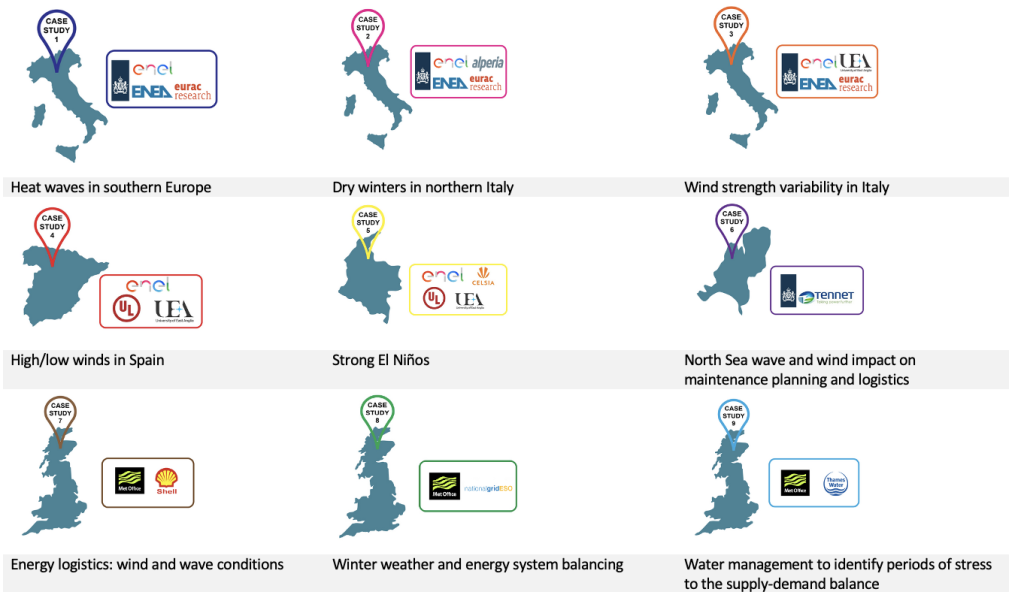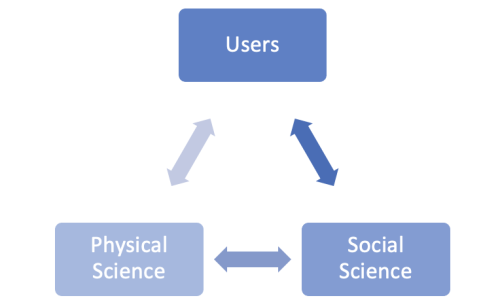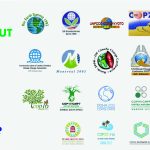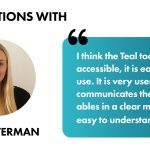A successful, happy and productive ending for EU H2020 SECLI-FIRM
October 2021 marked the successful completion of the EU H2020 ‘The Added Value of Seasonal Climate Forecasting for Integrated Risk Assessment’ (SECLI-FIRM) project. Over the last 45 months, SECLI-FIRM engaged stakeholders, organisations and experts to effectively promote the integration of seasonal climate forecasts into the energy and water industries.
What did SECLI-FIRM aim to achieve?
SECLI-FIRM aimed to demonstrate how the use of improved climate forecasts, out to several months ahead, can add practical and economic value to decision-making processes and outcomes in both the energy and water sectors.
These significant improvements in management decisions for organisations lead to improved supply-demand balance in the energy sector, specifically during stress events, and consequently lead to a more efficient energy system.
Considering this, the SECLI-FIRM objectives were:
- To develop a multi-model seasonal prediction dataset to optimise climate prediction performance, overcome forecast skill limitations, and maximise effectiveness for stakeholders.
- To use 9 case studies to:
- Identify the climate-dependent factors and end-user requirements relevant to management decisions for a wide range of stakeholders.
- Quantify the value-add of climate forecast to decision-making and evaluate the benefits of the optimised seasonal products
What were the 9 case studies?
9 case studies were identified and used to improve seasonal climate forecast science applied to real decisions regarding energy generation.

These case studies were co-designed by industrial and research partners and illustrate the important benefits of improved seasonal climate forecast applications. Find out more about the SECLI-FIRM case studies here.
Project Outcomes
Improving stakeholder skills in multi-model seasonal forecast combinations
The SECLI-FIRM team spent a great deal of time focusing on exploitation opportunities to improve stakeholder skills in utilising multi-model seasonal forecast combinations, including:
- A set of scripts to assist climate service developers, who are computationally literate but not experts of seasonal climate forecasts, in creating a database with forecasts from various sources in an organised way.
- Application of seasonal climate forecasting postprocessing methodologies for use in climate service provision as well as for further research.
Economic benefits of using seasonal forecasts
As evidenced by the case studies, there were also measurable economic benefits of the use of seasonal forecasts, including:
- Sharing and adoption of lessons learned in terms of stakeholder engagement approaches, including decision trees which were put together for each case study These can be easily exploited for future projects in cases where stakeholders are trying to understand how seasonal forecasts are embedded into decision-making processes.
- Cross sectoral learning involving additional sectors such as agriculture and insurance, where SECLI-FIRM lessons based on the climate service outputs can be transferred.
Physical deliverables
- Case study flyers, as a communications and dissemination tool.
- Climate visualisation Teal tool, developed by WEMC and Enel. A free access version of the Teal tool is available here for all to exploit. WEMC and WMO have plans to improve some of the climate indicators to show energy vulnerability assessments.
- The SECLI-FIRM Summer School, obtaining over 250 global registrations, and reaching 290 people via live streaming on Facebook and YouTube. Here participants gained knowledge of how climate services work, from the production of the climate science to the creation of their own ‘mini’ climate service. Find out more about the Summer School here.
“Training programmes are needed for building the national capacities as future challenges unfold. This summer school is a firm step in this direction”. Roberta Boscolo, WMO.
CO – CO – CO (CO)
A key element in the SECLI-FIRM climate services development is the co-design, co-development, co-production and co-evaluation (CO – CO – CO). This message concerns close engagement with stakeholders, in an iterative process, and is therefore critical in transferring knowledge and instilling confidence in seasonal climate forecasts.

This iterative process overcomes the problems identified at the beginning of SECLI-FIRM, where communications between the physical science community and users was limited unless users have a very strong knowledge of seasonal climate forecasts. With the inclusion of social sciences, discussions regarding seasonal climate forecasts can become more effective.
“Close engagement with stakeholders, in an iterative process, is critical in transferring knowledge and instilling confidence in seasonal climate products” Alberto Troccoli, UEA/WEMC.
Concluding thoughts
WEMC and partners are delighted with the project outcomes. We hope that the SECLI-FIRM lessons and deliverables will be utilised by stakeholders within the energy and water sectors, to improve decision making. We are excited to see how SECLI-FIRM has contributed to more efficient energy and water systems, and to hopefully see the corresponding benefits for climate change mitigation.
Thank you to all the partners that contributed to SECLI-FIRM, including the project leader: University of East Anglia (UEA), the project contributors: Enel, Enea, Eurac, Alperia, UL, Met Office, Meteo-France, WEMC and KNMI, and the case study users: National Grid, TenneT, Shell, Thames Water and Celsia. For the organisation of the summer school, we thank WEMC, WMO, ECMWF, University of Reading and University of Vigo. Our thanks also go to the European Union for their funding support for the project. Further thanks go to all who took part in the final conference online and via our live streams.
Please subscribe to the WEMC newsletter and follow us on Twitter, LinkedIn and YouTube to stay up to date with our events and news.




